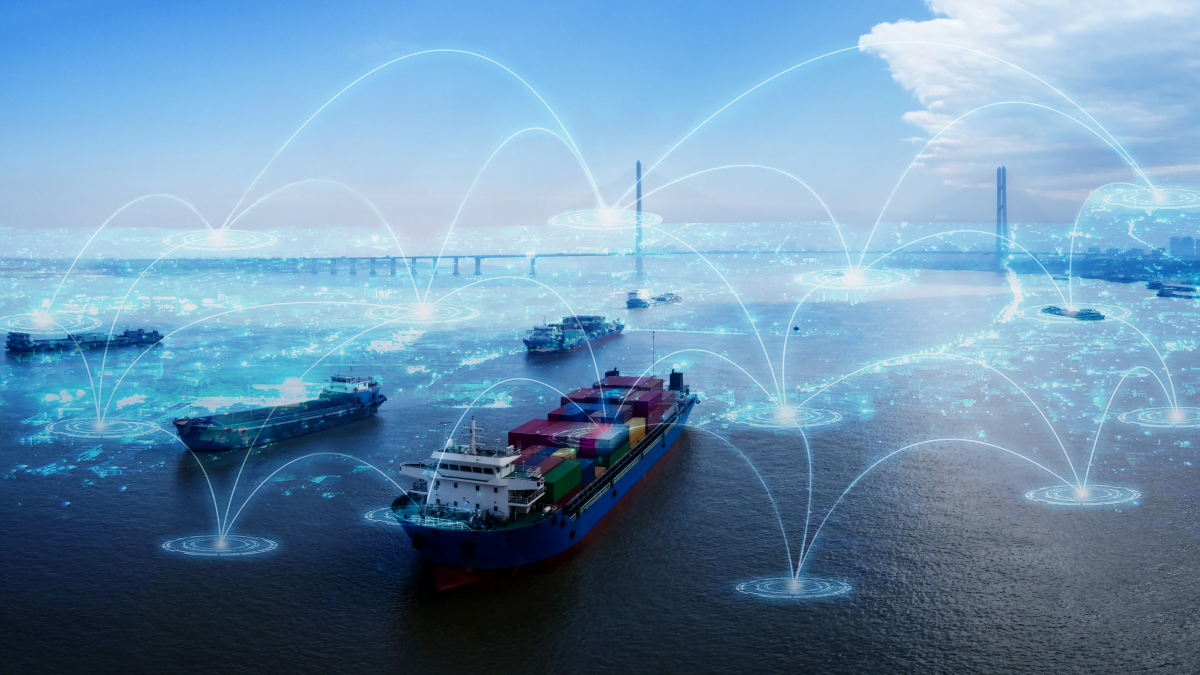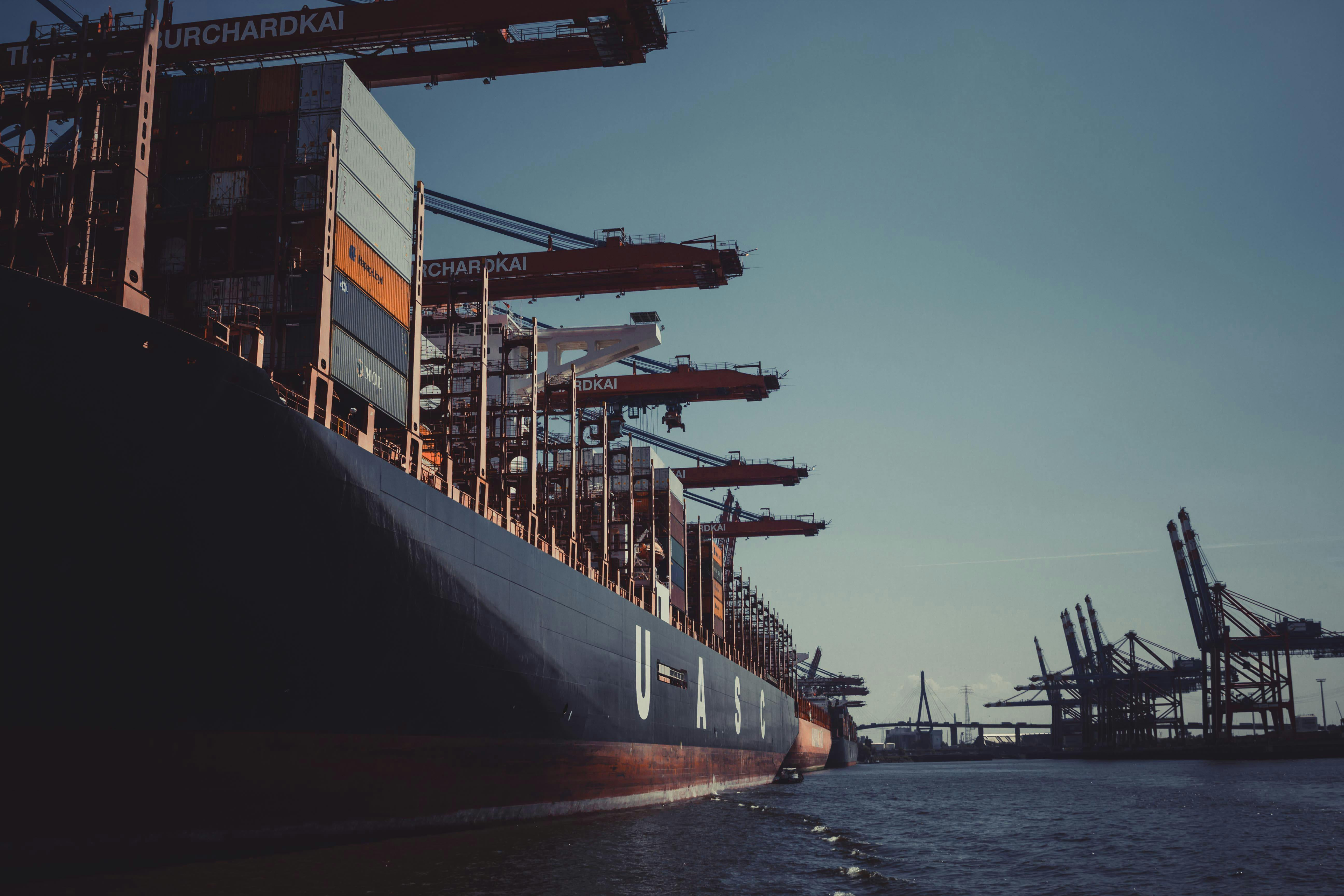
Satellite Communication Service Trends in the US Maritime Industry
Introduction
The future of communications is shifting to the tides, and we are here for it! New satellite technology is ready to change how businesses operate in the industry. The upgrades in technology are essential so the organizations remain relevant in the industry. Moreover, companies are also willing to accept satellite communication services for a competitive advantage.
The future of communication technology in maritime includes robotic shipping, machine learning, and the new Internet of Things. All these elements will play an essential role in stabilizing satellite communication service. In addition, it will also result in speedy connectivity over large bodies of water. Before we discuss future trends, let’s first learn what is communication satellite.
What is communication satellite?
You have come to the right place to learn what is communication satellite. The wireless device rotates the orbit. Its rotations send and accept data from around the world with a transponder. Moreover, a communication satellite will also act as a medium to translate data from one Earth device to another.
How the device works is an essential component in describing what is communication satellite. It uses electromagnetic waves to send and accept data in devices around Earth’s orbit. These satellites have a pre-set destination and understand the different forms of authority.
After receiving the signals from the source device, a satellite communication service will forward the data to the relevant station. These devices mostly access remote areas with minimum or no infrastructure. New satellite technology is a trendy topic in regions that do not have roads, telephone lines, or internet.
What is the future of communication technology in maritime?
Large-scale data analytics
The future of communications will involve processing large amounts of data sent and received with these orbit vessels. As a result, the IT infrastructure worldwide is likely to expand. However, the upgradation will involve installing the latest equipment in the most remote areas. Transportation, installation, and efficient use of resources are major concerns. The future of communication also debates the data breach and its consequences.
New satellite technology will introduce a stable connection. The data will be stored in safe maritime terminals where data is accessed from onshore locations. Resultantly, the data is easier to retrieve and interpret. Information results in efficient processes. Thus, a long-lasting connection between the data and users.
Better communication
New satellite technology is focused on advanced communication. From all the industries maritime niche has faced the biggest and most complex challenges for a stable data connection. A few reasons for the instability are the remoteness, nature of work, and lack of coverage.
New communication modules allow the crew to access real-time audio. Moreover, they can communicate using high-definition, 3D video calls. The modes are not restricted to grounded locations. Maritime communication also includes radio-frequency identification, which is excellent for identifying an asset’s lifetime. It will study cargo movements, track shipments, and ensure the machinery is in an excellent position.

Link: https://www.pexels.com/photo/shallow-focus-photography-of-black-ship-1095814/
Stability in maritime connection
Ships serious about communications will significantly benefit from a stable connection. The vessel will not face challenges talking to onshore terminals. Moreover, the ship can use real-time weather reports to make timely decisions. The navigation charts are also updated with the latest forecasts. The crew can be trained to use the satellite communication service for medical use or entertainment.
The Internet of Things
If you do not know what the Internet of Things or IoT means, it implies multiple devices that share data over a reliable connection are connected. Many maritime vessels today have unlimited internet of things such as monitors, tracking screens, and sensors.
These smart devices can detect mistakes, errors, and oncoming challenges. Moreover, they will also analyze the anomalies quicker than a human. When utilized alongside new satellite technology, it can extract data quickly. The stable connection results in an excellent decision-making strategy that does not waste time or resources.
Machine learning and robotics
The most recent study at Global Marine Technology reveals that updated robots will be used in maritime vessels in the next seven years. Foremost, a learning robot on the ship will have the authority to make decisions after receiving the latest data from sensors installed around the ship.
Secondly, the future of communications also includes a robotic arm that will lift and transport heavy objects successfully. Thirdly, sensors and monitors will inspect objects in tough weather conditions.
These robots will be linked with each other for a seamless process. Machine learning on maritime will include remote controls and sensors with features that boost efficient functions. However, the robots will replace manual laborers who operate robots or supervise onshore terminals.
Smart shipping
The maritime industry is working non-stop to ensure the vessels are automated in the next few years. The ships can be monitored from remote locations. Weather and vessel monitoring will become a lot easier. These vessels will be called smart ships because of their internal technology.
In short, the future of communication technology in maritime will enhance operations. It will make it easy to manage a ship. Moreover, the crew will comply with the most recent laws, resulting in excellent decision-making. The practices are sustainable and contribute to maintaining the ship positively.
The maritime industry is at the cusp of greatness
Satellite communication service in the maritime industry focuses on better connectivity. It will improve connectivity and increase data speed. Moreover, the connection stability will ensure that the vessels stay connected to the rest of the world. The feature will revolutionize the industry because of its benefits to owners, crew, and operators.
Moreover, the future of communications also guarantees the crew’s safety, whose movements can be tracked from onshore locations. Real-time vessel movements and weather data will prevent collisions and other accidents. Lastly, it will also reduce casualties related to ships.
Ship owners and maritime employees are very excited about using real-time data to make excellent decisions. It will reduce the time it takes for the cargo to reach the destination. Moreover, it will reduce fuel expenses greatly.




